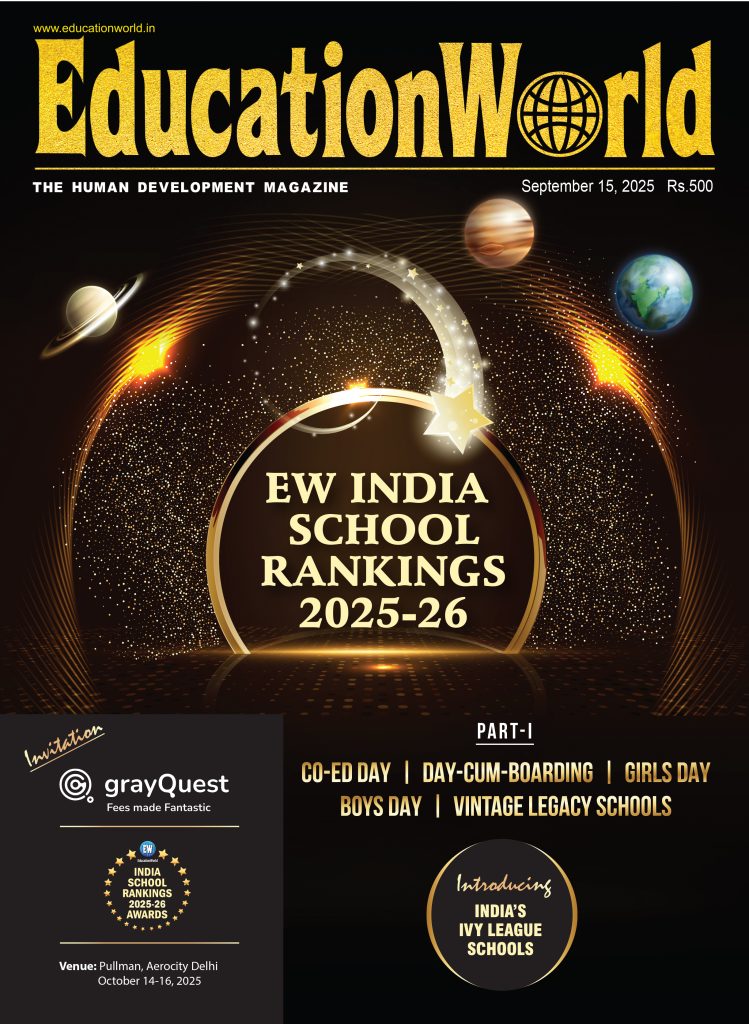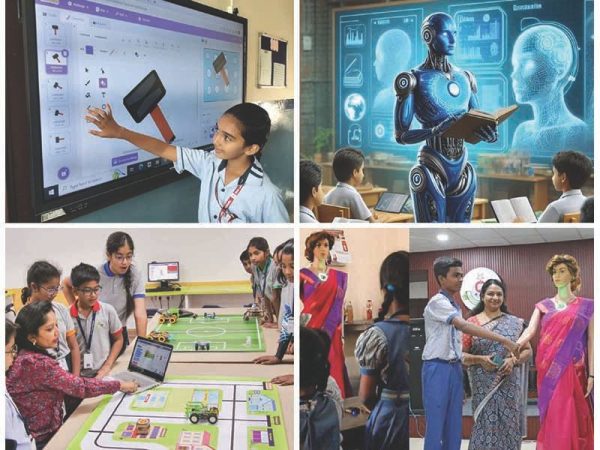Developing computational thinking skills
 — Ashwini Chandrashekhar, Manager, computational thinking at Educational Initiatives, Bengaluru
— Ashwini Chandrashekhar, Manager, computational thinking at Educational Initiatives, Bengaluru
When taught mere coding students are trained to write basic instructions but not develop the thinking of good engineers and mathematicians that sparks innovation
In classrooms worldwide, teaching-learning coding, aka programming — the process of writing instructions for computers to follow — has become popular. Schools are racing to introduce programming, with students learning to create animations, navigate mazes, and control robots through code. While these activities do involve some computational thinking — using sequences, loops, and basic logic — they remain confined to sanitised environments, far removed from real-world complexity.
It’s not that coding exercises lack value. However, they focus too narrowly on teaching specific programming languages instead of developing a broader, more powerful way of thinking. It’s like teaching a student to use a calculator only to add numbers or a smartphone only to make calls. When taught coding, students are trained to write basic instructions but not develop the thinking of good engineers and mathematicians that sparks innovation by merging human intelligence with computational power.
Evidence of this gap is startling. In a recent ASSET Computational Thinking (or CT, as it’s popularly known) diagnostic test, students were shown how German mathematician Carl Friedrich Gauss cleverly solved the problem of adding numbers from 1 to 100 by adding them in pairs (1+100=101, 2+99=101, 3+98=101, and so on) to make the calculation simple. Then they were asked to apply the same thinking to add numbers from 1 to 50. The results were dismaying. Even with the solution pattern in front of them, most students couldn’t adapt it to solve a similar problem. They could follow the specific example, but couldn’t grasp the underlying principle to apply it in a new context.
This inability to transfer known patterns to new situations is just one facet of the problem. Students also struggle with logical reasoning. Consider this seemingly simple puzzle: if Anu stands 5th from the left and 15th from the right in a line, how many students are there in the line? Less than 20 percent of class III and Class IV children answered this correctly. Even in class VIII only 29 percent of students provided the correct answer. The question isn’t mathematically complex, it simply requires organising information systematically and drawing logical conclusions, a fundamental requirement of computational thinking that most students haven’t developed.
The power of computational thinking. History shows us why this matters. During World War II, the challenge of breaking the German Enigma code seemed impossible. The code changed daily, making it too complex for human deciphering. The breakthrough came when Alan Turing and his team developed a solution that combined human pattern recognition capability with mechanical computational power. The British scientists succeeded not because they had the fastest computers, but because they could combine human and machine capabilities.
This marriage of human and computational thinking now drives breakthrough after breakthrough. When artificial intelligence recently discovered a new antibiotic, it wasn’t working alone, it was guided by microbiologists who knew what patterns to look for. When climate scientists make predictions about global weather patterns, they’re combining decades of human experience with computational models in ways that neither could achieve alone.
At Educational Initiatives (EI), we’re addressing a fundamental question: How do we develop students’ capability to think computationally? Through our research, we’ve learned that students need immersive experiences that progress naturally — from logic puzzles that sharpen reasoning, to simulations that bring scientific concepts to life, to data analysis that reveals hidden patterns in real-world problems.
The global shift towards computational thinking. The importance of computational thinking is being acknowledged worldwide. Japan’s ‘Informatics’ curriculum integrates this skill across subjects. Singapore’s ‘Code for Fun’ program develops logical reasoning through hands-on activities. The UK introduces these concepts to children as young as five, focusing on creating rather than just consuming technology.
India’s National Education Policy 2020 and the National Curriculum Framework 2023 highlight computational thinking as fundamental to creating well-rounded 21st century citizens. Internationally, PISA, the global benchmark for educational assessment conducted by OECD, added computational thinking as a subject in 2022, acknowledging its critical importance for students’ future success.
A vision for the future. As AI transforms every field, capability to think computationally becomes not just valuable, but essential. Success will belong to those who can combine human creativity with AI capabilities. EI’s Mindspark CT, launching in March 2025, will take students on this journey through challenges that simultaneously develop logical thinking and creative problem-solving, the twin engines of innovation in an AI-enhanced world.
The tools and pathways exist. Evidence for their necessity is clear. The question is: How quickly can our education system evolve to equip students with these essential capabilities for the future?
















Add comment